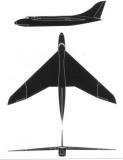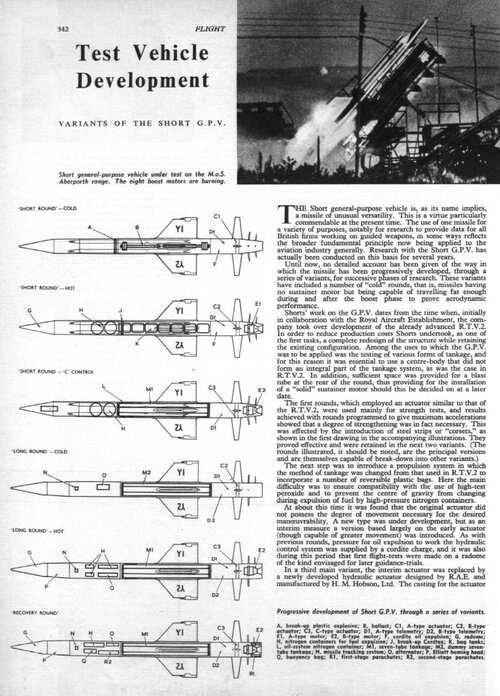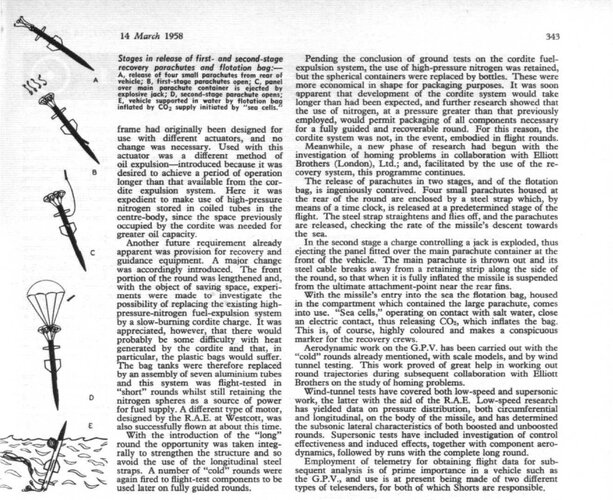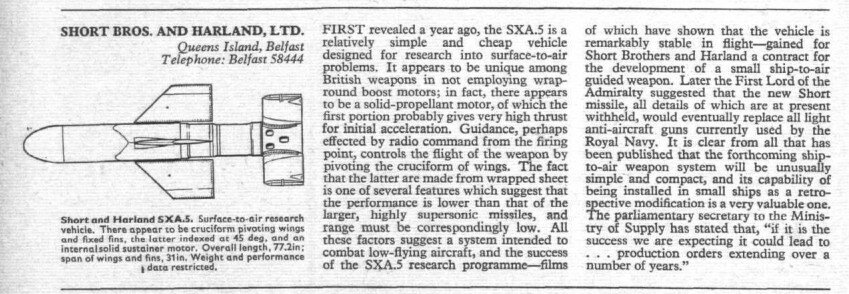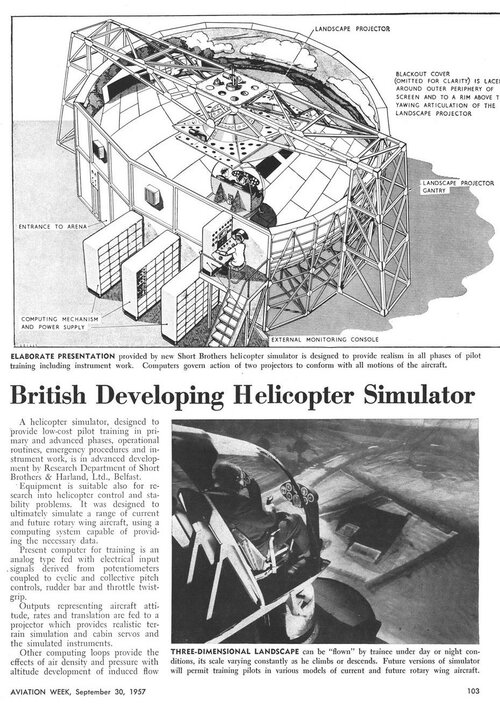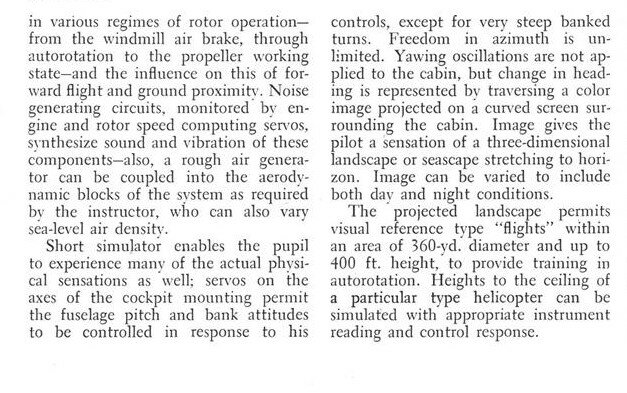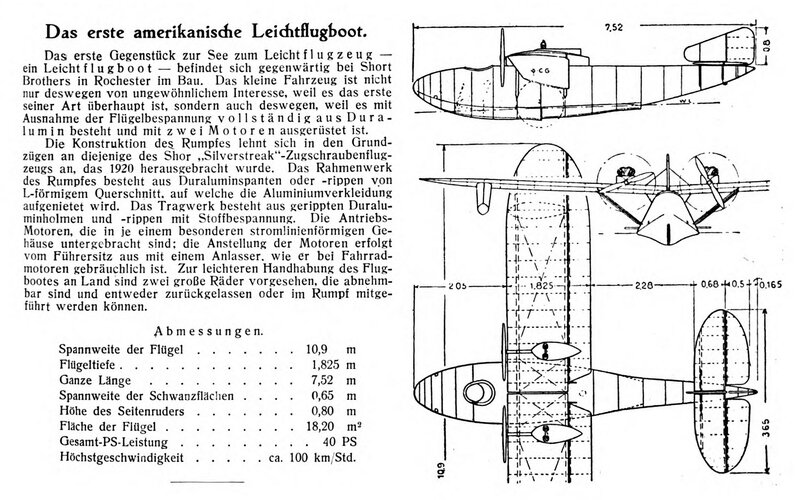- Joined
- 6 September 2006
- Messages
- 4,829
- Reaction score
- 9,427
I just think they are sequential 9-number blocks, no one letter series goes beyond 9 for any SBAC scheme user. My hunch is that they would have continued from S.D.3 to S.D.9 then S.E., S.F., S.G, S.H etc. as they filled up. I don't think the second letter actually means anything other than identifying the 9 number block used.
Obviously SBAC didn't want long designations and thought smaller blocks were easier to identify.
Another question of course is how far did a project have to get before it was issued an SBAC number? My guess is only projects that were actually tendered or looked likely to be were assigned the next available number.
Obviously SBAC didn't want long designations and thought smaller blocks were easier to identify.
Another question of course is how far did a project have to get before it was issued an SBAC number? My guess is only projects that were actually tendered or looked likely to be were assigned the next available number.


